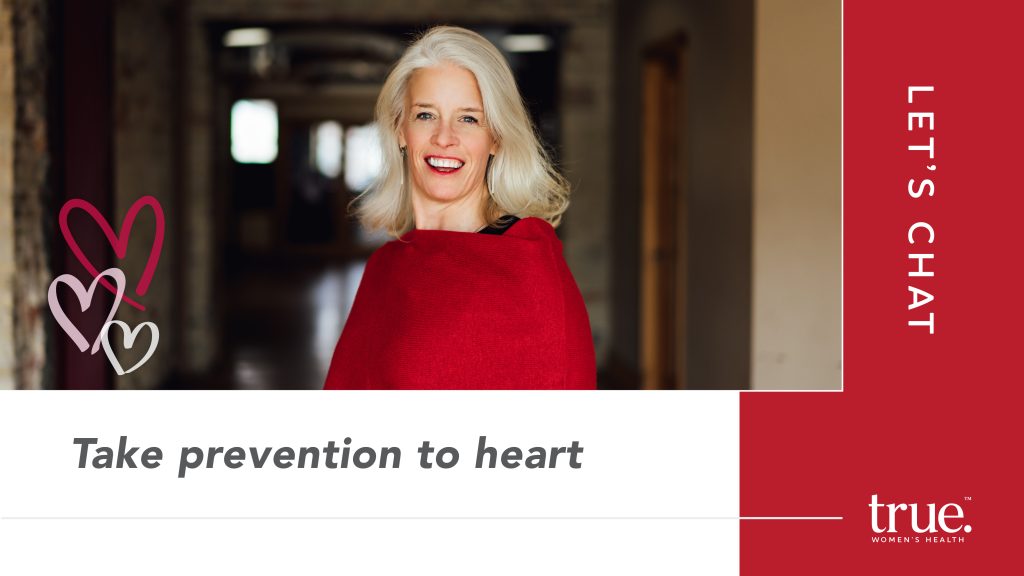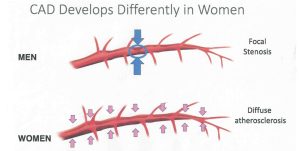
Heart disease and heart health is something all women should think about seriously regardless of age! That’s why it was our focus of this week’s live stream during Heart Health Month. You can watch an archive of the broadcast at the bottom of this post.
Preventative health often takes a backseat in the current culture of the “patch-up-later” healthcare industry, but here at true., it’s just as important as reactive healthcare. More and more frequently, we are seeing heart disease in younger women (below the age of 55) on the rise. Heart disease is something that develops silently over a long period of time and can be fatal if you’re not quick enough to address it. Dr. Bitner emphasized, “Heart disease is silent – until it’s not.” There are many lifestyle changes we can make and medications that reduce the likelihood of vascular conditions. Heart disease is easier to prevent than to reverse the effects.
Heart disease is not really a condition of the blood, but a condition of the tissue, Dr. Egan explained. The function of our heart vessels is to supply blood to the walls of our heart so it can pump blood to the rest of our bodies. When those tissues get clogged with plaque, our heart can’t function as well. It’s important to acknowledge that heart disease is THE leading cause of death for women in the United States; that’s more than all the cancers combined. It happens to an astonishing 1 in 3 women. Most people think it won’t happen to them, but the prevalence and data speak for themselves.
 There has been a large gap in how heart conditions are diagnosed. Previously, heart disease was considered a disease of men. The symptoms present differently in women, so they were often written off as anxiety or they were told to come back if it worsens. However, there are actual structural differences in how coronary artery disease develops in women that doctors weren’t checking for. In women, acute chest pain is often accompanied by fatigue, nausea, shortness of breath, and a sense of impending doom. The erosion of healthy tissue is spread throughout the artery channels in women, making it a slow buildup that is harder to detect, whereas, in men, it focuses on one singular point.
There has been a large gap in how heart conditions are diagnosed. Previously, heart disease was considered a disease of men. The symptoms present differently in women, so they were often written off as anxiety or they were told to come back if it worsens. However, there are actual structural differences in how coronary artery disease develops in women that doctors weren’t checking for. In women, acute chest pain is often accompanied by fatigue, nausea, shortness of breath, and a sense of impending doom. The erosion of healthy tissue is spread throughout the artery channels in women, making it a slow buildup that is harder to detect, whereas, in men, it focuses on one singular point.
While everyone should be paying attention to heart health, there are a few risk factors that should make women extra vigilant. Family history is a major factor, blood sugar and the history of your glucose tolerance (including during pregnancy), blood pressure, cholesterol, and stress levels. Many of these factors are increased during menopause, especially those that are related to weight and stress. All aspects of health are delicately interconnected.
Heart disease is silent – until it’s not.
Weight management is one of the biggest changes you can make to lower your risk of heart disease. (We are more than happy to discuss ways to lower your risk factors through dietary and lifestyle changes at any appointment!) So, how is risk assessed? One system is a gender-specific system called the Reynolds Score, which takes family history and CRP – a protein made by your liver that indicates the presence of inflammation into account. The ASCVD is a general risk-assessing system that looks at several facets.
Let’s also not forget to discuss danger signs. If you are experiencing chest pain, shortness of breath, or feeling an intuitive sense of doom, you should call 911. Women can have a tendency to brush things off when it comes to taking care of themselves out of fear of inconveniencing others, but it might save their life.

CONTACT US
SUBSCRIBE